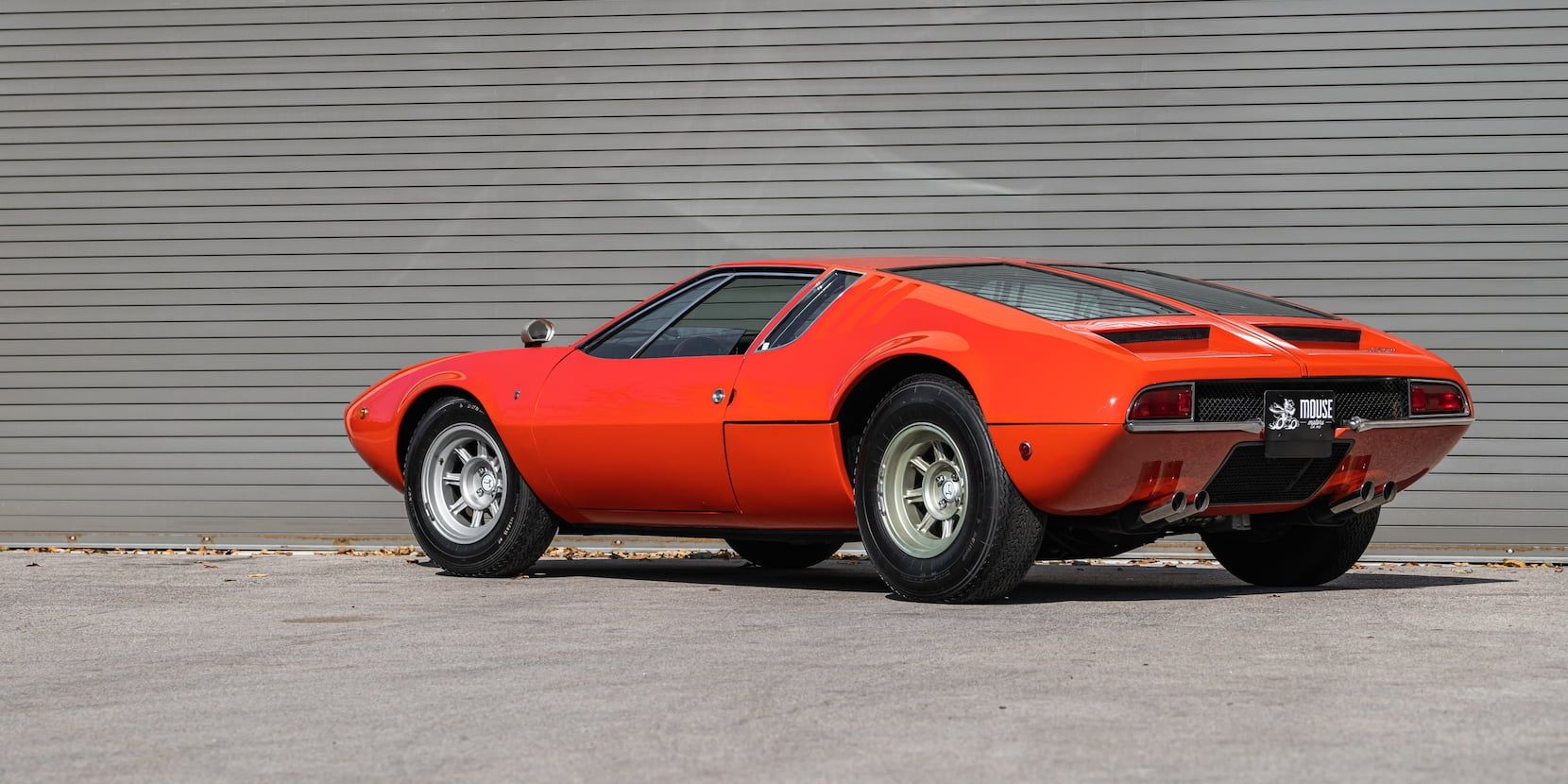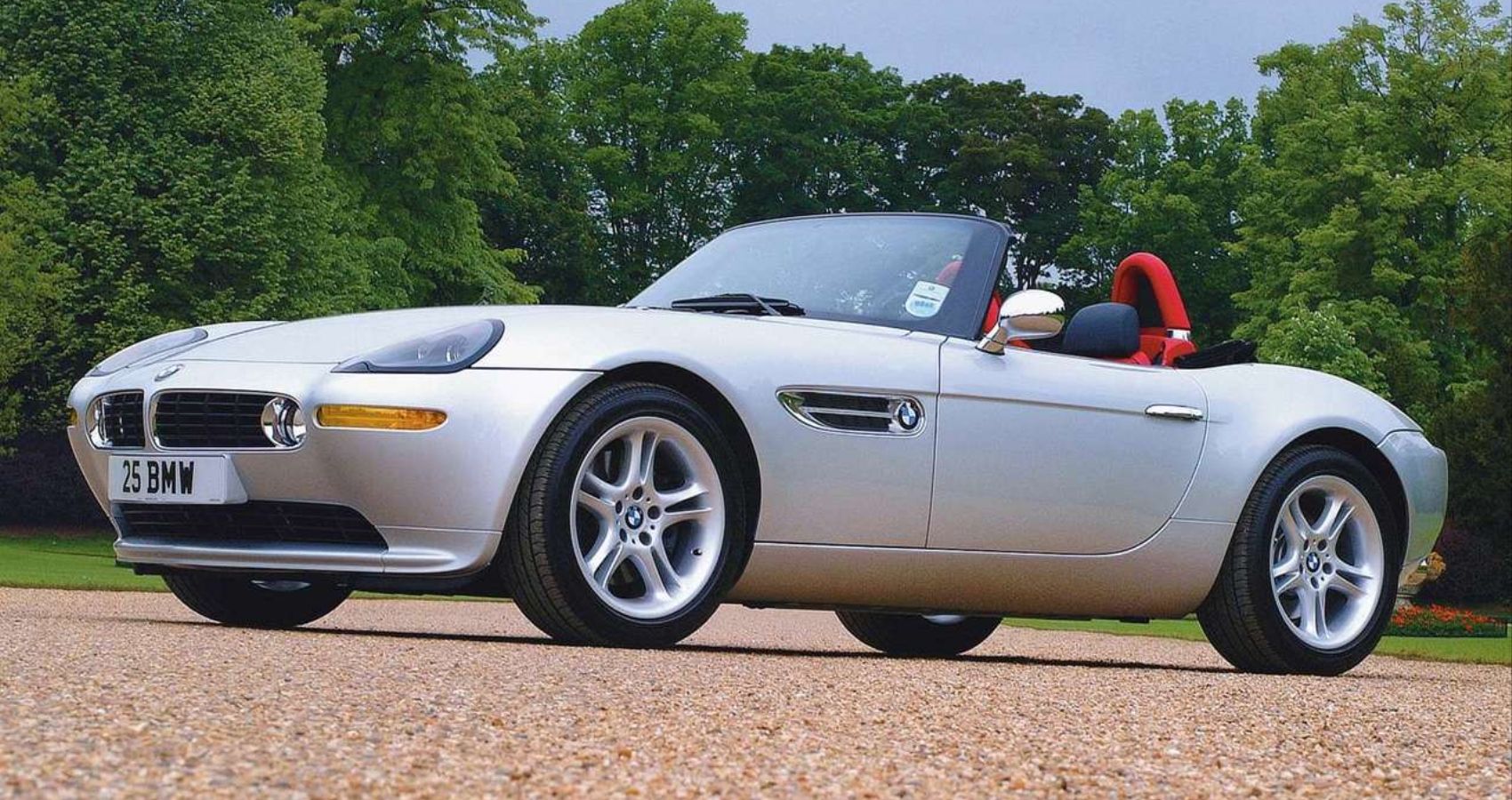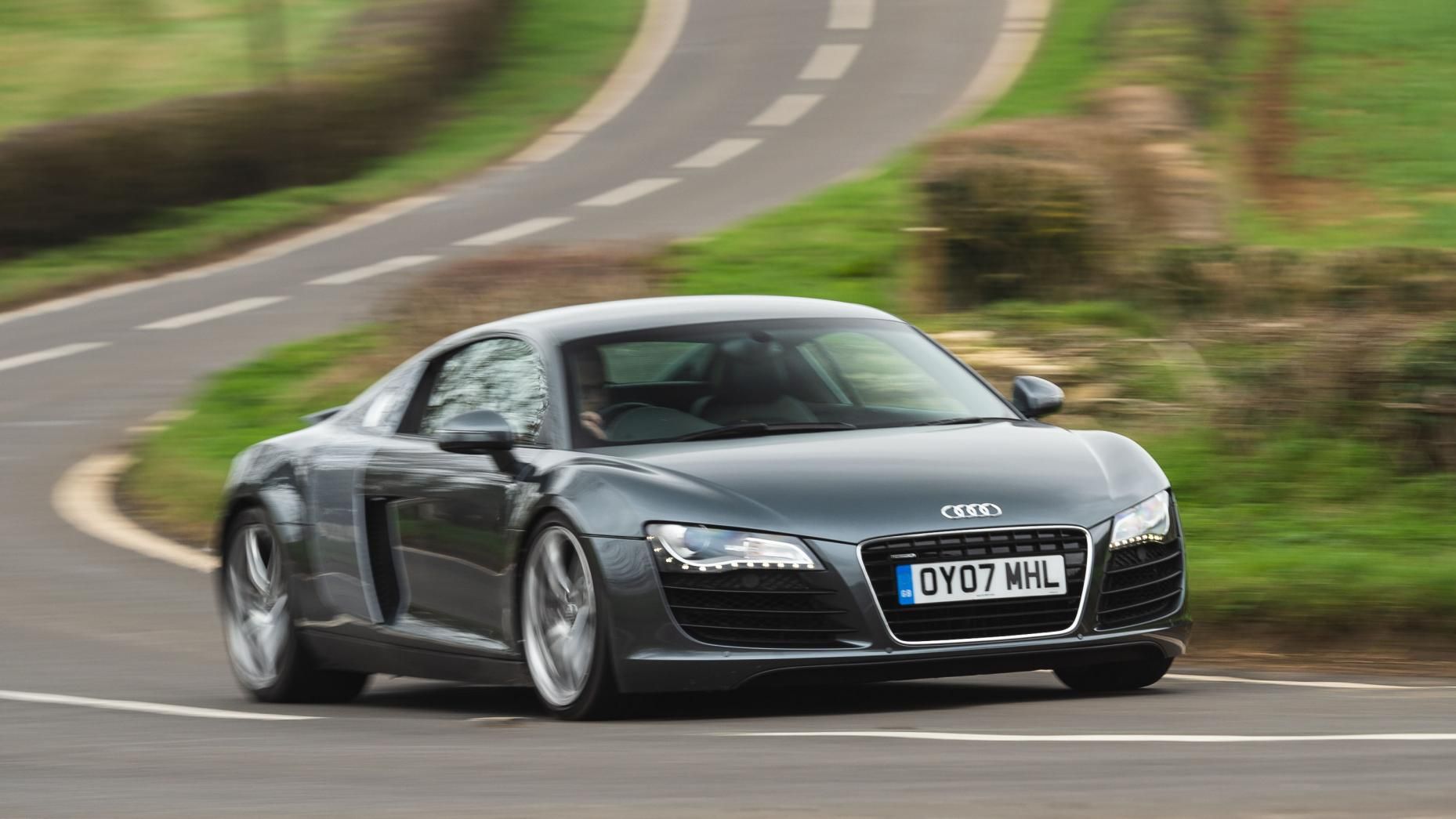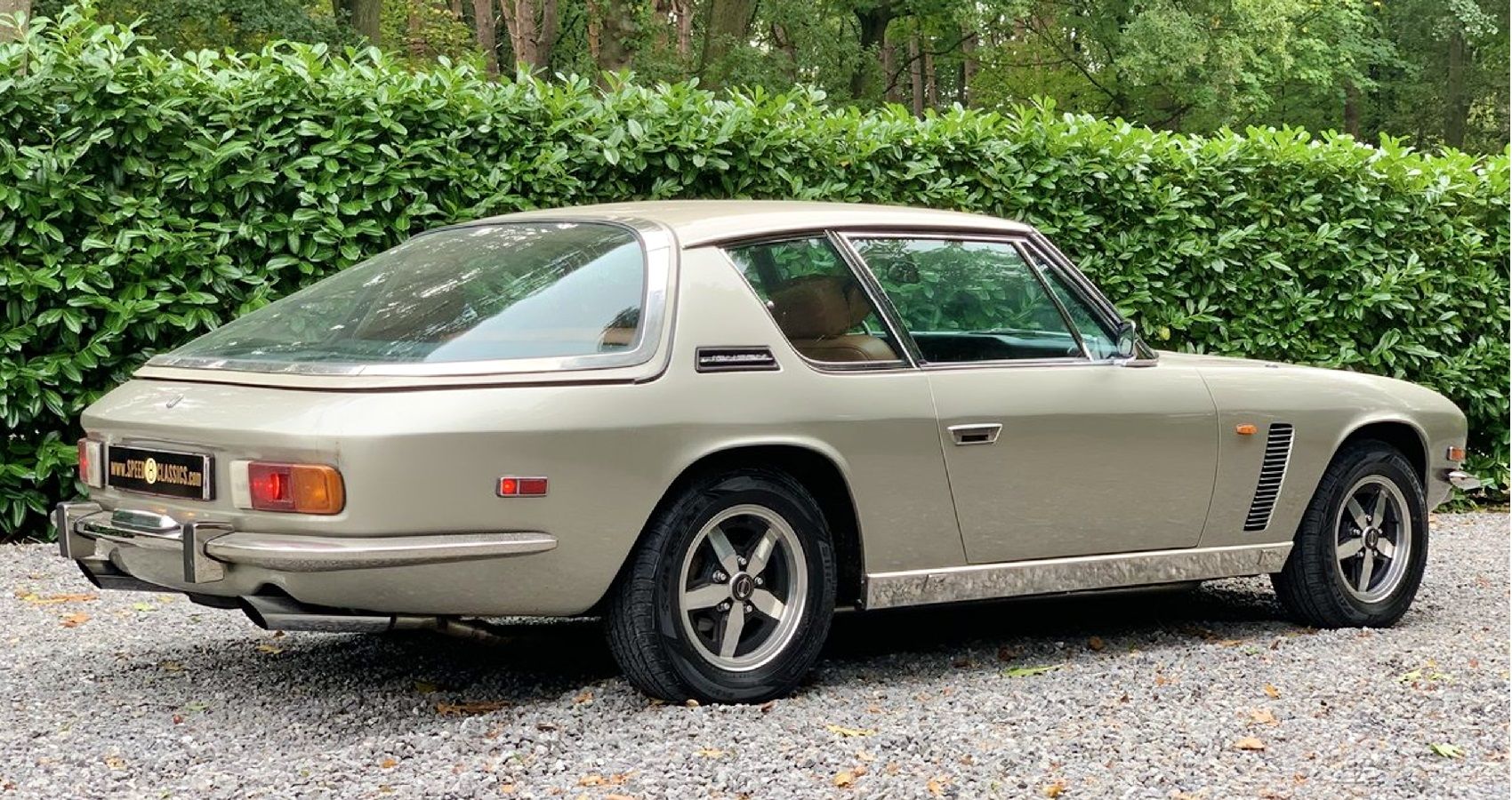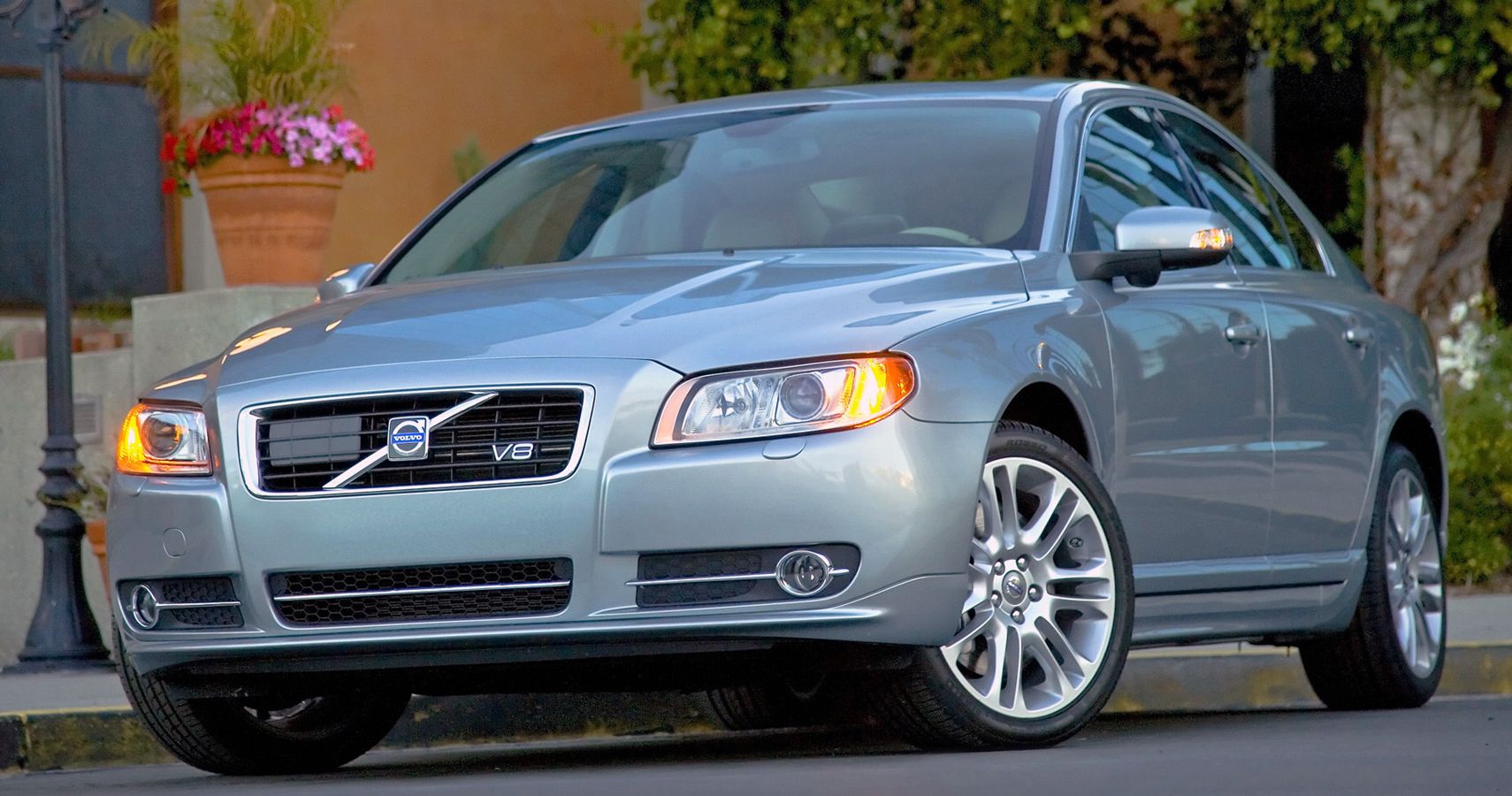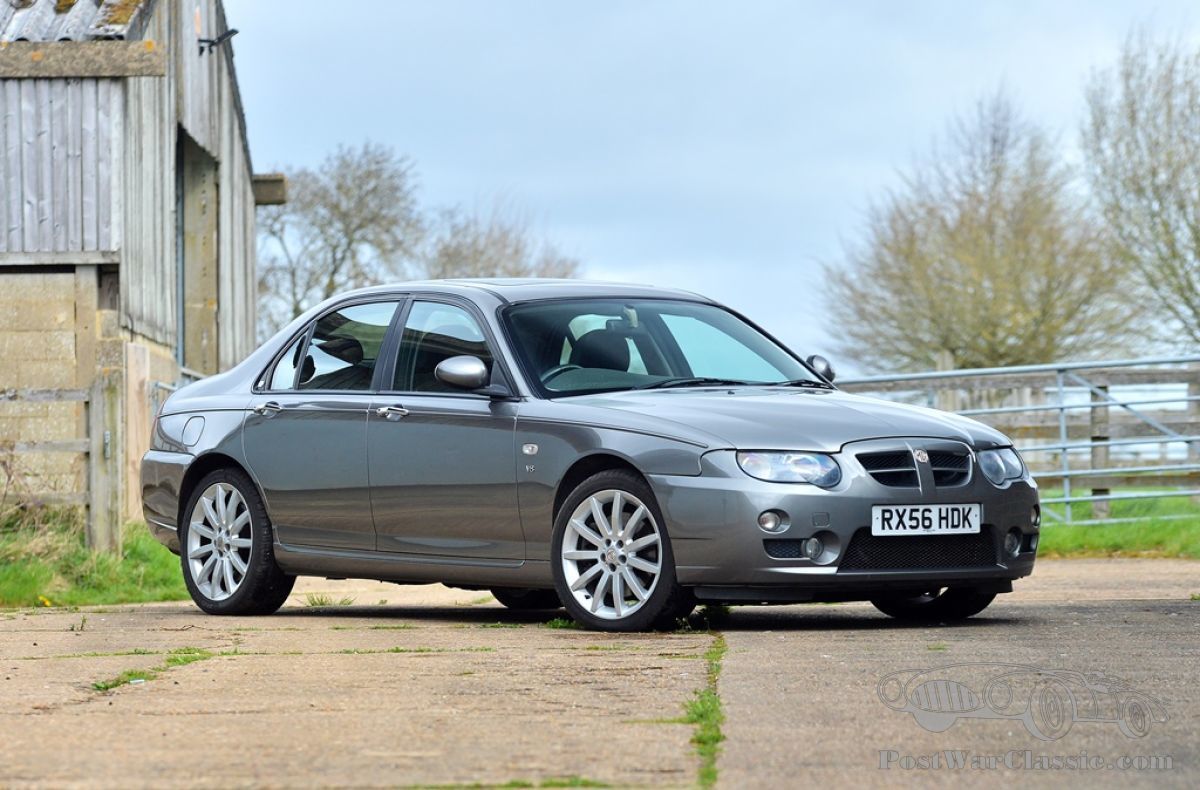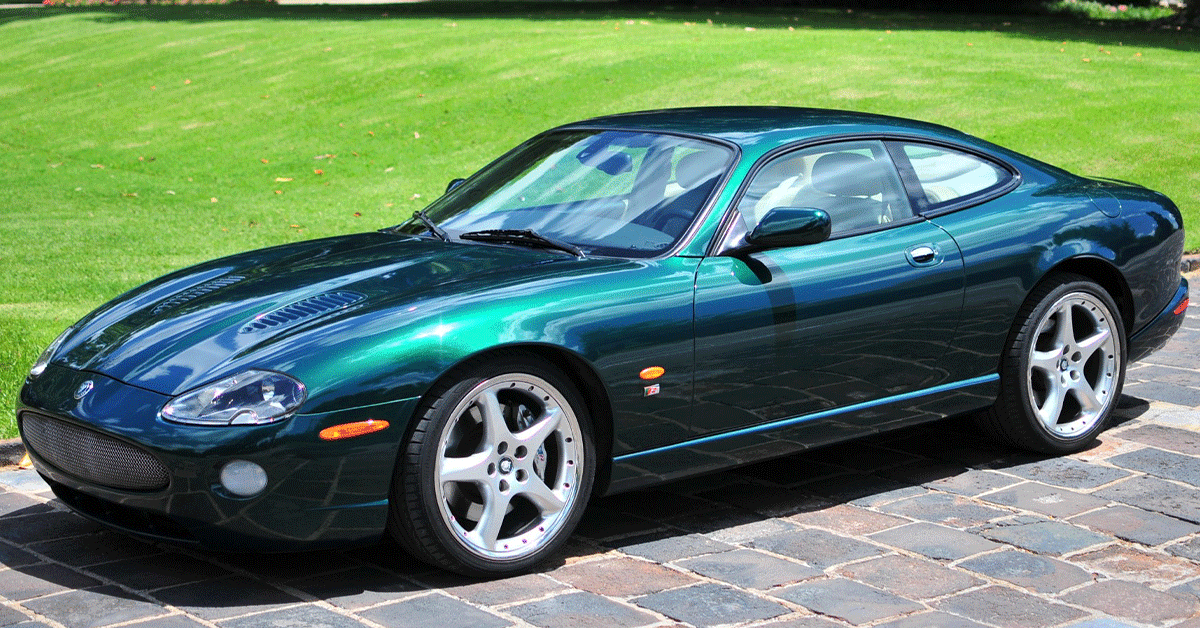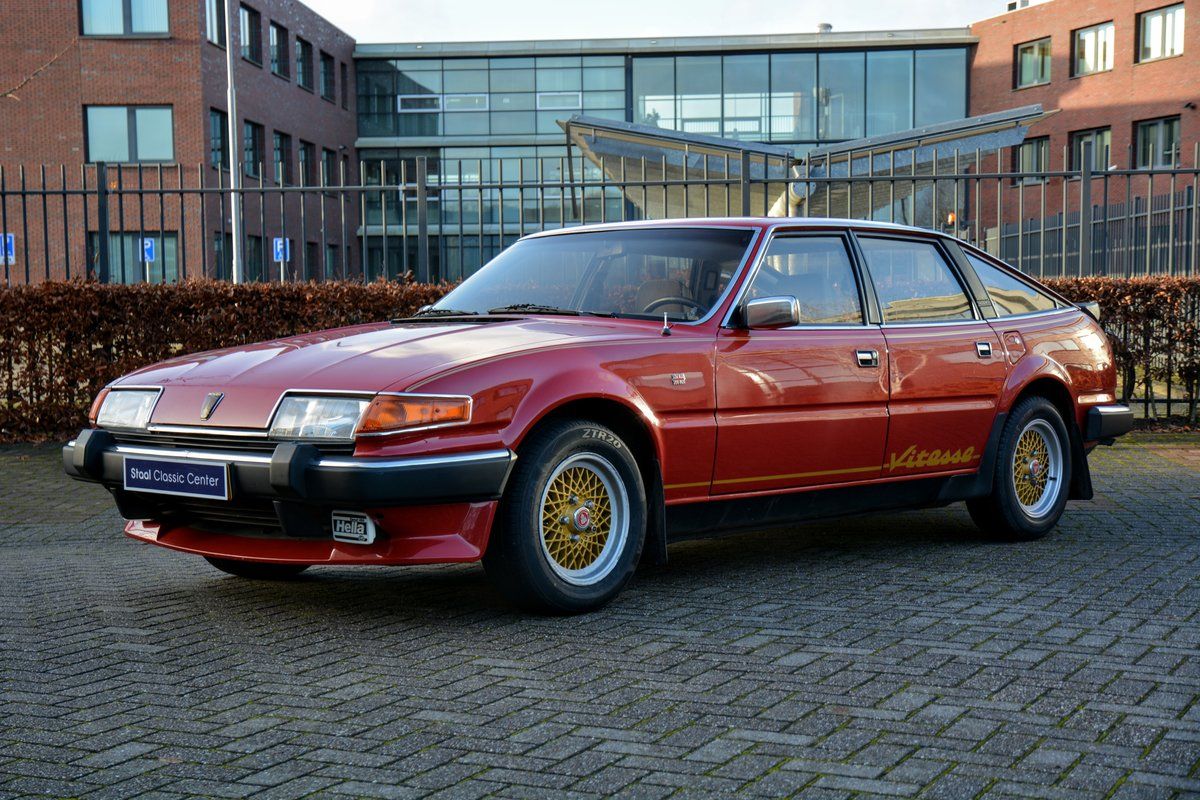When you speak about V8 engines, most people’s minds wander to thoughts of muscle cars, Detroit, and cars from the 60s and 70s with engines like the Chrysler 7.0-liter and the 7.4-liter from Chevrolet. Generally speaking, V8s are something that American manufacturers really made their own for several reasons including the cost of oil and the cultural significance, and the V8 is still the sound of the American car industry even as we move towards the passing of the internal combustion engine.
However, there are just as many great and noteworthy cars from European manufacturers that utilize the V8, be they their own engine or American blocks that the maker needed to put in their creation out of necessity or cost-saving. Either way, they resulted in some thrilling and often overlooked cars that are nowadays in demand.
To help bring attention to some of these overlooked and now rare cars, we’ve compiled this list of 10 awesome European cars with V8 engines.
10 DeTomaso Mangusta
About 20 years ago, the Mangusta suddenly had a long overdue moment in the sun, being featured in a Kylie Minogue music video, Kill Bill Vol. 2 and even a rebirth as the Qvale Mangusta which is now just as rare as the car that inspired it.
The original Mangusta from the early 70s has always been an exceptionally rare car as only 401 were produced between 1967-1971, and the Giugiaro design has only gotten better with age. Considering it still looks futuristic now over 50 years after it finished its production run, imagine what it must have felt like to see a Mangusta back in the late 60s.
Powered by either a 4.7-liter or 4.9-liter small-block Ford V8, it was a relatively inexpensive sports car at the time but was quite unpopular despite the good looks due to a cramped cabin and unresponsive handling. If you’d like to get your hands on one, you’ll have a job: so rare are they that they come up for sale so infrequently, and they were built in so few numbers, any Mangusta will cost in excess of $250,000.
9 BMW Z8
It’s funny how the Z8 has become a modern classic given how derided it was at the time as a failure for BMW. There were several big complaints, such as the high MSRP of $128,000 in the late 90s, a harsh ride and not really knowing whether it was a sports car or a muscle car. It is a beautiful looking car, that cannot be denied.
BMW really wanted to hammer home the point that the Z8 would be a rare car with instant classic status, boasting they would keep a 50-year stockpile of parts for the car. Despite all this marketing hype, including getting James Bond in one, the Z8 was never really that popular. Production lasted for just five years resulting in 5,703 being churned out by the Bavarians.
The Z8 had a 4.9-liter BMW V8 under the hood, naturally aspirated and with an aluminum block to keep the weight down. This was paired with a six-speed manual gearbox, which was criticized for adding to the general sense of the Z8 not knowing what it wanted to be. You could also latterly get a version of the Z8 that had been breathed on by tuning house Alpina, which increased the level of torque but reduced the power, softening the suspension (although not enough) and making the car an automatic, to try and make the Z8 more of a grand tourer. Unfortunately, this didn’t really work either.
Pleasantly, for all the talk when it was launched of being a modern classic, the Z8 never really achieved this status until very recently, when the Z8 suddenly shot up in value as people rightly recognized it as being a flawed but very charming (and rare) BMW, which is rare in itself. Considering how much they cost now, the Z8 is now a $250,000 car which certainly makes it worth a lot more than the equivalent Ferrari or Aston Martin of the period.
8 Audi R8
So far we’ve looked at two very rare and under-appreciated cars, and whichever way you look at it the R8 is not particularly rare at all and is certainly not under-appreciated. Well, this isn’t entirely the case.
If you’re thinking about the R8 you most probably associate it with the 5.2-liter V10 that the R8 made its own, despite originating in the Lamborghini Gallardo a good six years before it was slotted into Audi’s own supercar. However, the original R8 from the first two years of production (2007 & 2008) came with a 4.2-liter direct-injection V8, and despite this making the R8 less powerful, it somehow makes it a far more involving driving experience. You could actually still buy a V8-powered R8 up until 2015, although this wasn’t really publicized.
It’s also pretty good if you want to get your hands on one, as the V8 version of the R8 is not worth anything like the V10 on the second-hand market. $50,000 will get you one of the early R8s with the V8 engine, and that’s a pretty good bargain. If you’re a gearhead looking for an affordable supercar, the R8 is a great choice.
7 Jensen Interceptor
Back to rarity, and the Jensen Interceptor has earned itself such a revered reputation since the car had its heyday in the early '70s. Built in West Bromwich near Birmingham in England, the Interceptor was arguably one of the world’s first practical supercars, although it was really a four-seat grand tourer.
Jensen used Chrysler V8s for the Interceptor, starting production with a 6.3-liter big-block and then moving onto a 7.2-liter big-block for the more well-known 1971–1976 cars. The Interceptor wasn’t just about pure power either, as it was one of the first cars of its type to include power steering as standard.
Despite Jensen’s best intentions, the Interceptor never really had the quality feel to sell at the level the company needed for it to be successful, and Jensen went into receivership in 1975. However, the Interceptor has been revived twice since, first in the late 80s with a small-block 5.9-liter Chrysler V8 and then again in the early 2010s after Jensen specialist JIA in Oxfordshire started rebuilding Interceptors with modern components and a General Motors LS 6.2-liter engine.
On account of their propensity to go wrong, Interceptors are regularly available on the market for around the $50,000 mark, and they are the kind of car that brings a smile to everyone’s face. Just be prepared to rebuild it a few times throughout ownership.
6 Volvo S80 V8
Volvo has a practically unbeatable reputation for safety, which makes it all the more curious as to why they developed a 4.4-liter V8 in conjunction with the Yamaha Motor Corporation. This was in the early to mid-2000s when Volvo was owned by Ford and could afford to push the boundaries of the cars they produced.
First making its way into a Volvo with the XC90 SUV in 2005, the Volvo V8 was placed in a transverse layout to save space. Space-saving also resulted in the alternator being mounted directly to the block without brackets, and all of this resulted in what was the most compact V8 at the time.
The most intriguing application of this engine was in Volvo’s S80 flagship sedan, making it one of the safest and most bizarre European sleepers of all time. It was also rare, given it was only installed in the S80 between 2006 and 2010. If you’re thinking about buying an old Audi S8 or E63 AMG Mercedes-Benz, why not pick the more subtle slice of Swedish sleeper?
If you do decide to plump for the S80, you probably won’t have to spend that much: despite the rarity, a high-miler S80 V8 is under $9,000, and low mileage examples are still only just creeping above $25,000, which is what you’d pay for a high-mileage Audi or Mercedes sedan with a V8.
5 MG ZT 260
Another European sleeper, the MG ZT was based upon the Rover 75, which was itself latterly available with a V8 engine. In the early 2000s, MG Rover were in dire financial trouble despite the Rover 75 and the MG ZT being pretty strong-selling cars, and they eventually went bust in 2005.
However, they still had 18 months to squeeze out a version of the ZT which was powered by a 4.6-liter Ford Modular V8 and which despite a high price compared to relatively low build quality, was well-received by both consumers and the automotive press. When reviewing the car for Top Gear back in 2004, it was clear that Jeremy Clarkson was overcome by how charming the ZT was and was mostly able to overlook those shortfalls.
Whilst still a rare car, the ZT was made pretty steadily whilst MG was still able to and for that reason, they can still be found for about $10,500, not that they actually come up for sale all that often.
4 Noble M600
Remember the Volvo-Yamaha V8 we were talking about earlier? Good, because here it comes to make another appearance. Noble is a small sports car company building their cars out of an industrial estate in Leicestershire, England, and despite this humble setting have produced several exciting mid-engined sports cars since the company was founded in 1999.
In 2010, they introduced the M600, which used that 4.4-liter Volvo V8 and then twin-turbocharged it to make it capable of 650 horsepower. Given that kind of power is present in a car that weighs just 1,250 kg and doesn’t have anti-lock brakes, the M600 is definitely not a car for the faint-hearted.
Given the rarity and the cost of the M600, you might expect prices to be absolutely crazy, and you’d largely be correct: the only second-hand example sold in the last five years went for $190,000, but you can still order an M600 brand new at the time of writing.
3 Jaguar XKR
Jaguar has plenty of cars throughout their storied history that had V8 engines, from quintessential sleepers like the XJR to this, the late 90s XKR. It’s an odd car, part snarling sports car and parts grand tourer, with the most mid-'90s interior you could ever wish to see in a car.
Despite these inconsistencies and the dated cabin, there are overwhelming positives to be found with the XKR. Firstly, the sense of power from the supercharged 4.0-liter or 4.2-liter Jaguar V8 is immense, and coupling that with the incredibly sinister looks of the XKR makes for a very engrossing experience.
A word we’re using a lot in this list is “charming”, and that’s also true of the XKR, as it isn’t as celebrated as either the XK that replaced it or the F-Type. They’re all charming cars, but the original XKR just has something about it that gives it a roguish and imposing but lovable quality. A bit like a handsome con artist winking at you whilst stealing your wallet.
Speaking of stealing your wallet, how much is an XKR going to cost you in 2023? Well, prices hover around the $20,000 mark but you can still find absolutely beautiful examples for $5000 less. Bear in mind that maintenance and running costs might cost you as well as the initial purchase price, but the XKR is so beguiling that you won’t mind too much.
2 Tatra 603
In terms of European countries that produce cars, you probably don’t immediately think of the Czech Republic. This is fair enough, as the only Czech car brand most people could name is Škoda, and even then that’s probably through educated guesswork. However, there is another Czech car company that most gearheads aren’t even aware of.
Tatra is the world’s third-oldest car company and known for making trucks. Named after the Tatra mountains on what was the Czechoslovak-Polish border, they were actually the original designers of the car which became the Volkswagen Beetle, and Tatra was in the process of suing VW when Hitler invaded Czechoslovakia, which ended that legal action pretty swiftly.
Then, in the early 1950s, Czechoslovak communist authorities were fed up with badly-made Soviet cars that they were forced to use as official state cars. Tatra was given permission to build a luxury limousine, and thus the 603 came to be.
Powered by a rear-mounted, air-cooled 2.5-liter V8 and with trademark aviation-influenced styling, the 603 was an almost completely hand-built luxury sedan reserved for officials in Czechoslovakia and other Communist states around the world. Fidel Castro notably had a white 603 with air-air-conditioning. Ordinary citizens were not permitted to buy the 603 but on account of it being built for 20 years until the mid-'70s, some 603s found their way to the West.
So, if you want a slice of Communist luxury, how much will it set you back? On account of age and rarity, 603s aren’t common sights even in classic car circles, but when they do come up for sale they go for anything between $22,500 and $75,000 depending on condition.
1 Rover SD1
The Rover SD1 has something of a legendary status among British gearheads, for several really great reasons. It was probably the best car British Leyland ever made, and the version with the Rover V8 was absolutely up there with the best British car ever built.
That Rover V8 is one of the best V8s ever built, used in an incredibly wide range of cars over the 40 years as a great tribute to the engine on Top Gear attests. Originally built by GM but redesigned and re-purposed by Rover, it was used in everything from the Land Rover Discovery to the TVR Griffith.
As to why the SD1 was so loved, it was a great touring car in the 80s and when it reached the end of its production run in 1986, with over 300,000 SD1s having been built, the V8 variant was so loved by British police forces that they stockpiled them. Indeed, two police SD1s famously transported a donor liver for a transplant patient across London one busy Friday afternoon in May 1987, covering 27 miles in under 30 minutes.
If you want to get your hands on an SD1, there are some pitfalls to be wary of. The build quality is not exactly brilliant, and you have to be very careful that the cars have not been over-modified prior to your purchase, but anywhere from $5000 to $20,000 will get you an SD1 with the Rover V8.

---Front.jpg)
